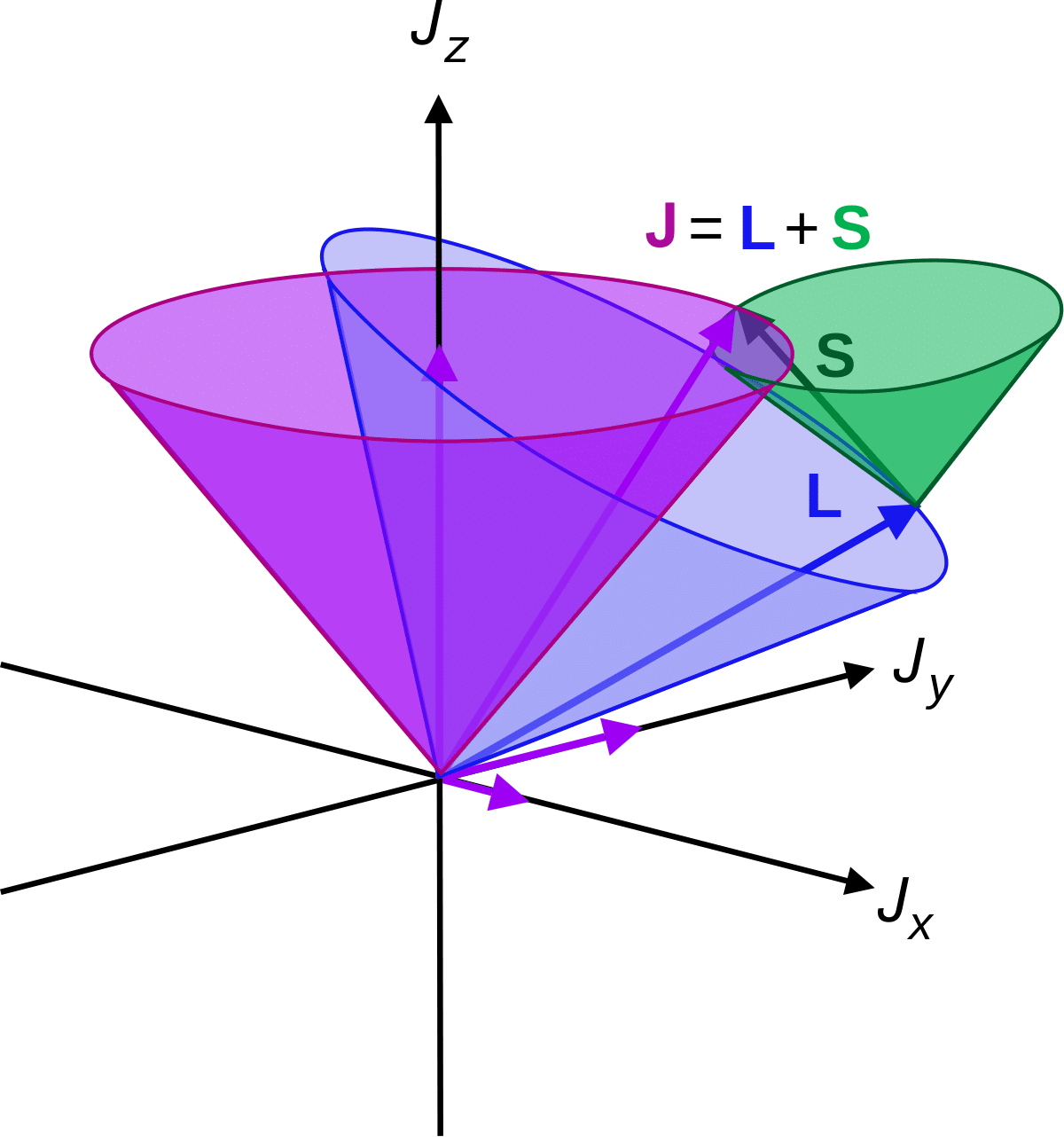
In physics, momentum is studied as the angular momentum. This amount of angular motion is applied in rotational motion, which makes the momentum is for translational motion. The angular momentum is a vector quantity that is mainly characterized by the rotation of a particle in a point way or an object extended around an axis that passes through a point.
In this article we are going to tell you everything you need to know about the angular momentum of its usefulness in physics.
What is angular momentum

When we try to calculate it of some object that is located the movement around an axis it is always necessary to specify the axis of rotation conveniently. We are going to start measuring with a material point of mass m, the angular momentum is written by the abbreviation L. The linear momentum is p and the position of the particle with respect to the axis that passes through a certain point O is r.
This is how we have that it is calculated as follows: L = rxp
The reactor that results from a vector product is perpendicular to the plane that is formed by the participating vectors. This means that the direction the sense that can be found by the right hand rule for the cross product. Angular momentum is measured in units of kg per square meter / second. This is measured according to the international system of units and does not have any special names.
This definition of angular momentum makes the most sense for bodies that are made up of many particles.
Amount of angular movement

We use the angular momentum of a point particle to characterize the state of rotation of a point or a body that can be treated as such. Remember that this happens when the dimensions of the body are negligible compared to the trajectory of its movement. In relation to the vectors of the angular momentum with respect to a given point and the linear momentum of a point particle that moves as circumference is the angular momentum.
For the case of a particle that moves in a circumference, the angle is 90 degrees. This is because the velocity of the angular momentum is always tangent to the circumference and therefore perpendicular to the radius.
When we speak of angular momentum we also speak of the moment of inertia. This is nothing more than what is described when a rigid body has an inertia of its own body against rotation around a certain axis. This moment of inertia depends not only on the mass of the body, but also on the distance from the body itself to the axis of rotation. This can be more easily understood if we think that, for some objects, it is easier to rotate with respect to others on the same axis. This depends on the formation and structure of the object itself.
For particle systems, the moment of inertia is denoted by the letter I and is calculated by the following formula:
I = ∑ri2 Δmi
Here we have that its notorious of m is a small portion of mass and r is the distance that the body has with respect to the axis of rotation. The body will be fully extended and composed of numerous particles, hence its total moment of inertia is the sum of all the products between mass and distance. It depends on the geometry that they have, the summation changes and goes from an integral to a differential. The concept of moment of inertia is closely related to the angular momentum of an object or fully extended.
Angular moment of a particle system

We are going to consider a system of particles that is composed of different masses and that is rotating following one circumference at the same time in the xy plane, each one has a linear speed that is related to the angular speed. In this way, the total of the system can be calculated and is given by the following sum:
L = ω ∑ri2 Δmi
An extended body it can be divided into slices each with a different angular momentum. If the axis of symmetry of the object in question coincides with the z axis there is no problem. And this is due to the fact that there are points that are not in the xy plane, so the components that form it and that are perpendicular to said axis cancel out.
Let's see now when it varies. Normally, when a net force comes to act against a body or a particle, the momentum of this particular can change. As a consequence, so will the angular momentum.
On the other hand, the conservation occurs when it varies existing torque meter. If that torque is zero, the angular momentum is constantly conserved. This result is still valid even in the case that the body is not completely rigid.
Examples of angular momentum
All this has been a lot of theory and cannot be well understood without practical examples. Let's see practical examples of angular momentum. In the first we have figure skating and other sports where there are turns. When a skater starts turning, she extends her arms and then shrinks us against our body to cross her legs. This is done to increase the turning speed. Whenever the body oscillates constantly, it contracts. Thanks to this contraction it can increase its rotation speed. This is due to the fact that the fact of being able to contract the arms and legs also reduces the moment of inertia. Since the angular momentum is conserved, the angular velocity increases.
Another example is why cats land on their feet. Although it does not have an initial amount of movement, it makes sure to quickly say both the legs and the tail to be able to change its inertia of rotation and to be able to fall off the foot. While they maneuver that turn, their angular momentum is zero since their rotation is not continuous.
I hope that with this information you can learn more about it.